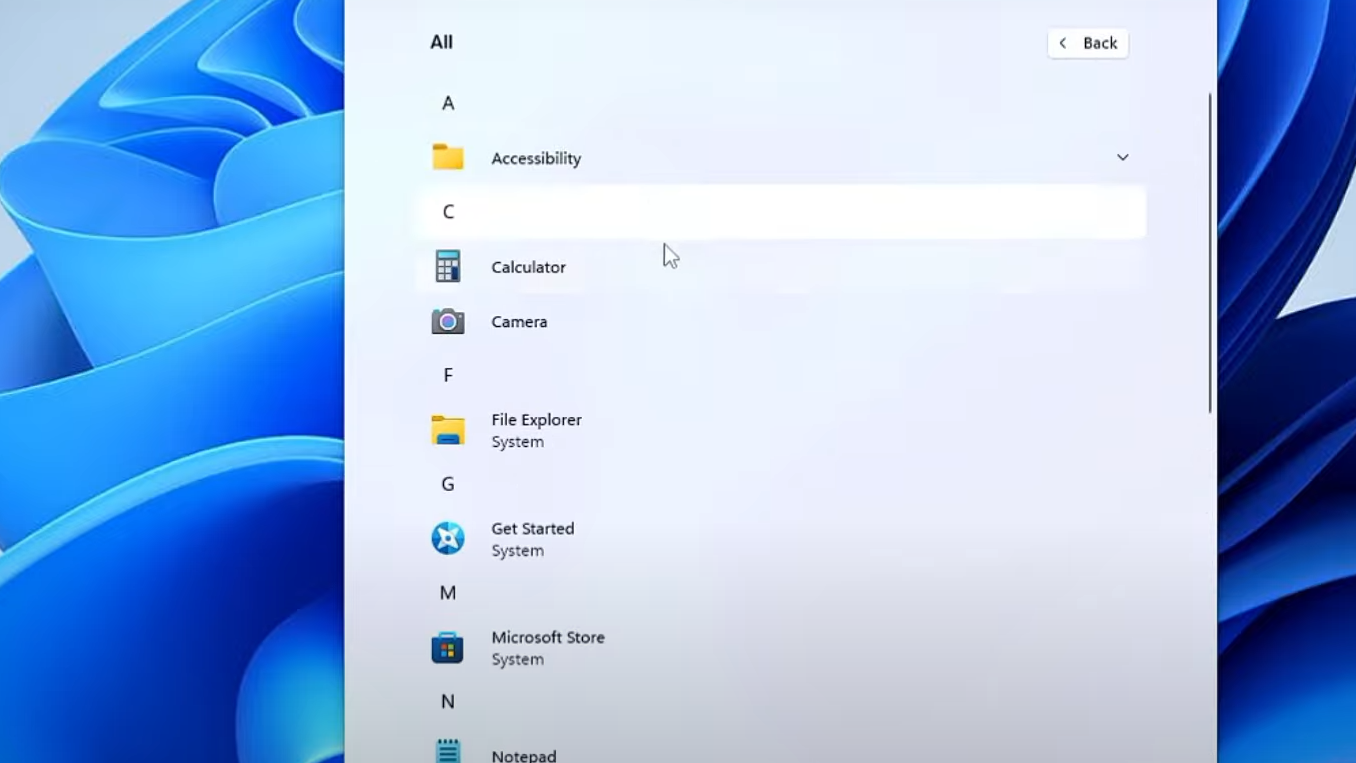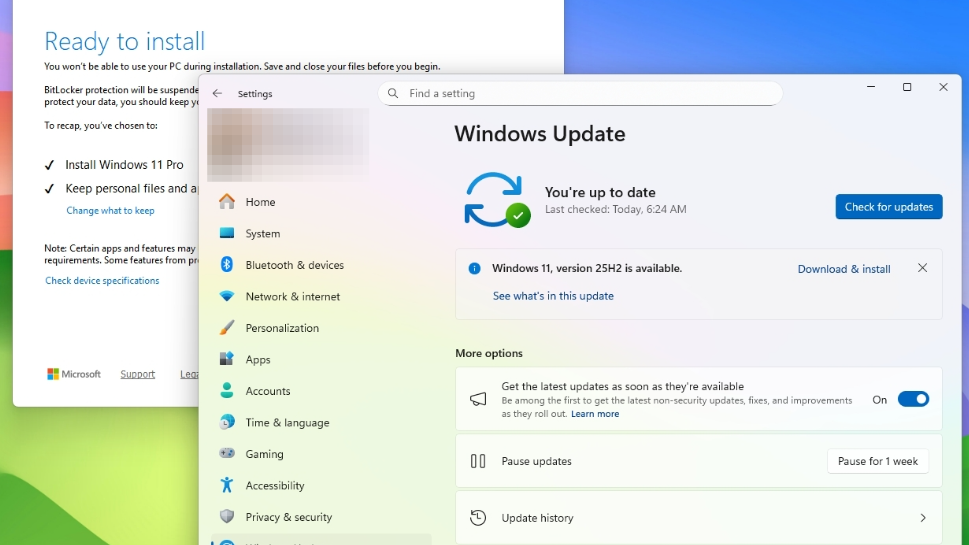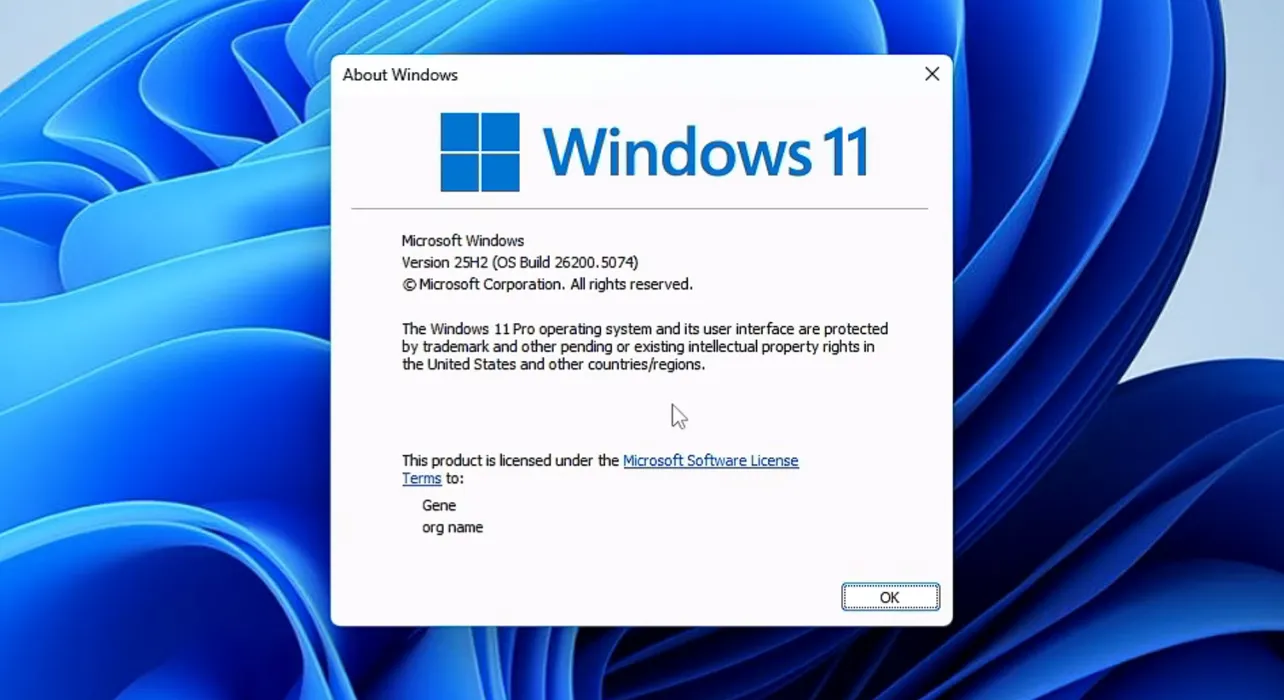Tiny11 has been updated for Windows 11 version 25H2, and you can now get images for both x64 (Intel/AMD) and arm64 devices. The appeal is straightforward: a lighter Windows install that drops preloaded apps, loosens hardware checks, and lets you set up a local account without the Microsoft account requirement. It’s built for testing and older or low-power hardware, not as a long-term, primary OS.
tiny11 vs. “core” build (what’s actually removed)
There are two trims based on 25H2: the standard tiny11 and a more aggressive “core” variant. Both remove common preinstalled apps and components to reduce clutter and disk footprint. The core build goes further by removing servicing and recovery features.
| Build | Approx. install size | Key removals | Update behavior |
|---|---|---|---|
| tiny11 (25H2) | ~8GB | Clipchamp, News, Weather, Xbox, Get Help, Get Started, Office Hub, Solitaire, People, Power Automate, Microsoft To Do, Alarms, Mail and Calendar, Feedback Hub, Maps, Sound Recorder, Phone Link, Media Player, Quick Assist, Internet Explorer, Tablet PC Math, Microsoft Edge, OneDrive | Windows Update generally works in lightweight builds, but major feature updates may fail if dependencies are missing. |
| tiny11 “core” (25H2) | ~3GB | Everything in tiny11, plus Windows Component Store (WinSxS), Windows Defender (disabled), Windows Update, Windows Recovery Environment (WinRE) | Servicing stack and recovery are removed; not suitable for regular updating or recovery use. |
Essentials like Calculator, Notepad, Paint, and access to the Microsoft Store remain available in recent builds (or can be reinstalled). Some Store apps may not work if they rely on components that have been removed.

Download options for x64 and arm64
Ready-made tiny11 ISOs for 25H2 are available for both x64 and arm64 from the project’s maintainer. These are modified images; use them at your own risk. If you prefer a fully transparent path, build your own image using the official scripts and a clean Windows 11 ISO from Microsoft.
- Build-it-yourself scripts: tiny11builder on GitHub (github.com/ntdevlabs/tiny11builder).
- Official base ISO (x64 and arm64): Windows 11 Enterprise 25H2 evaluation at the Microsoft Evaluation Center (microsoft.com/en-us/evalcenter/evaluate-windows-11-enterprise).
- Official base ISO (arm64 VM): Windows 11 on Arm download page (microsoft.com/en-us/software-download/windows11arm64).
How to build a tiny11 25H2 ISO from official media
This is the safer route if you want control over what’s removed and where the bits come from.
- Download an official Windows 11 25H2 ISO (x64 or arm64) from Microsoft’s Evaluation Center (microsoft.com/en-us/evalcenter/evaluate-windows-11-enterprise) or the Arm ISO page for arm64 (microsoft.com/en-us/software-download/windows11arm64).
- Get the tiny11builder repository (github.com/ntdevlabs/tiny11builder) and follow its README to generate a trimmed ISO. The standard build produces tiny11; a separate script produces the more aggressive core variant.
- Create bootable media from your new ISO with your preferred USB imaging tool, then boot and install as usual. During setup, you can use a local account instead of signing in with a Microsoft account.

Activation, updates, and what to expect
- Activation: A valid Windows 10 or Windows 11 product key activates tiny11 in the same way as a standard Pro install.
- Updates: On tiny11, cumulative updates typically work, but major upgrades can fail if removed components are required. The core build removes Windows Update entirely.
- Microsoft Store: Included in recent tiny11 releases or re-installable; apps that depend on removed services may not function.
These builds strip Xbox components to minimal levels; installing an Xbox game can restore full functionality if needed.
Security and support caveats
Tiny11 is a community-maintained, modified Windows image. It isn’t supported by Microsoft, and the core build removes security and recovery pieces that many users rely on. Treat it as a disposable test environment or a stopgap for older hardware. If reliability, servicing, and recovery matter, stick with a standard Windows 11 install or build a less aggressive image using the scripts and keep Windows Update intact.
With Windows 10 support now over for most consumers, tiny11 can keep aging hardware useful for light tasks and virtual machines. For anything mission-critical, use official media and supported hardware—or generate a conservative trimmed image so you retain updates and recovery.


